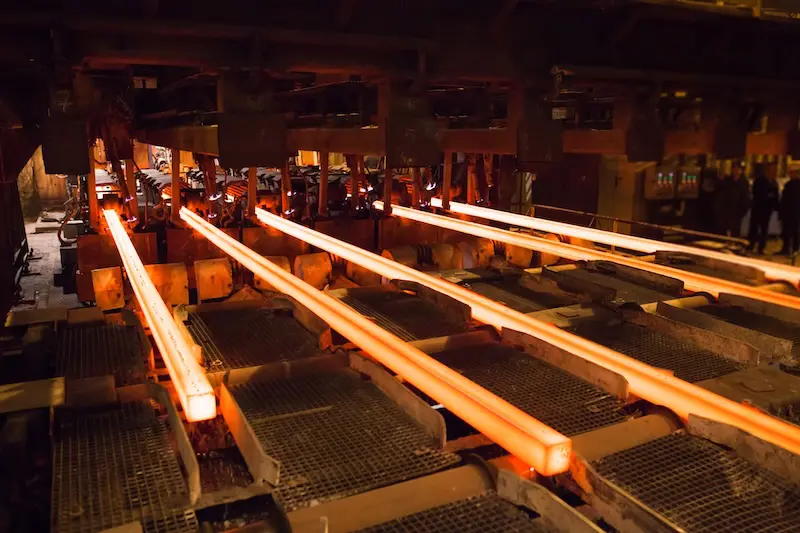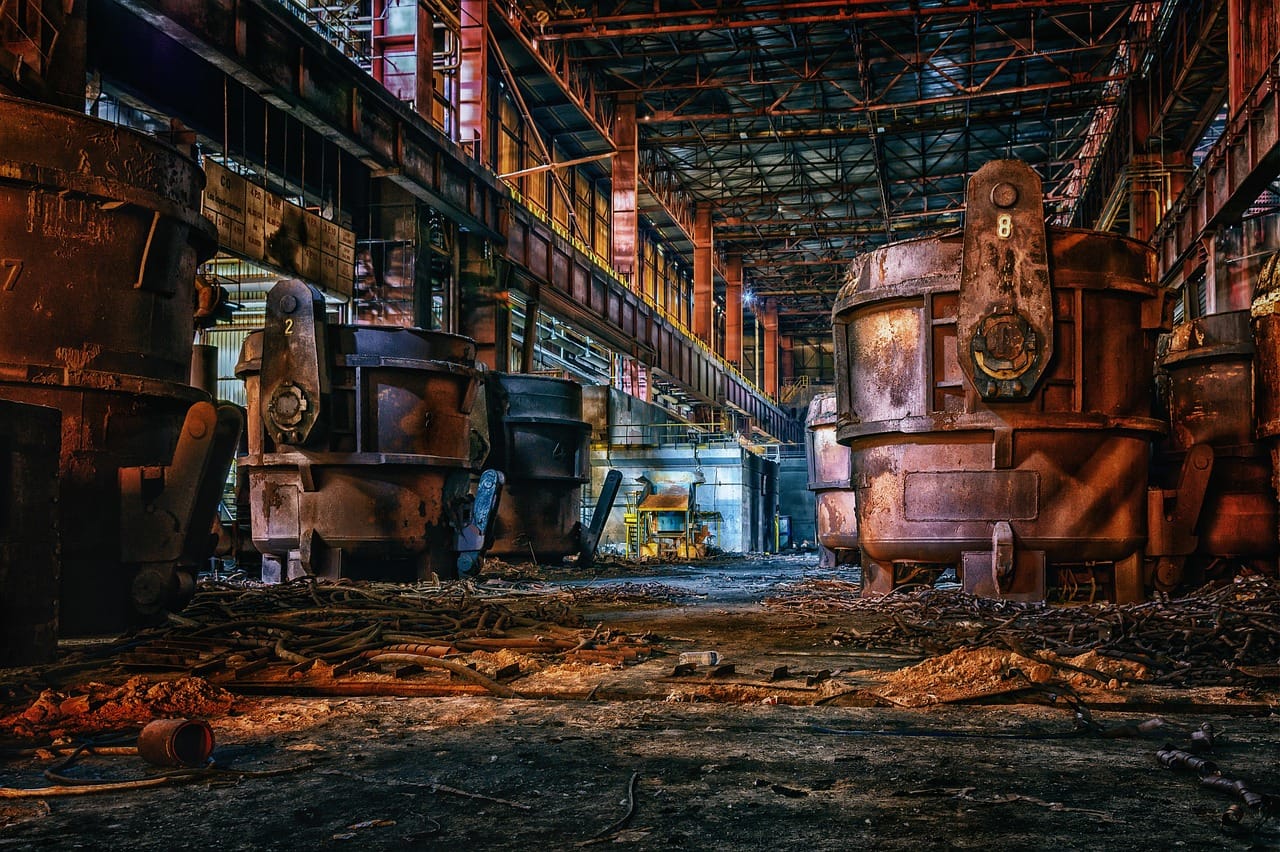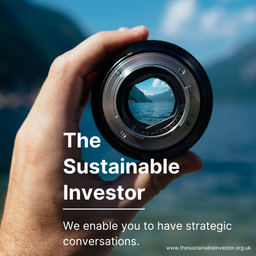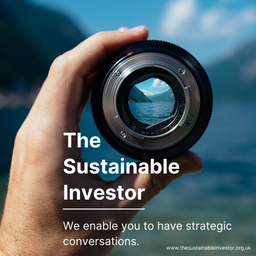Investors must cope with uncertainty
One way that investors are different is that we deal with uncertainty. We cannot be sure what the future will bring, but as we invest we can prepare for possible future events. Companies betting on only one outcome, normally the status quo, can be risky. The steel industry is a good example of this.
The steel industry is facing an extended period of change. Lower carbon steel is coming. Much of it will come from Electric Arc Furnaces (EAF), re-using our scrap steel. And where this isn't 'enough' it's likely that what is known as Direct Reduced Iron (CRI) technologies will gradually replace the traditional coal 'powered' blast furnace.
If companies in the steel industry, and their raw material suppliers, are betting on a continuation of the status quo, investors can legitimately ask if this will create long term value. Is this a risk that investors really should be taking? If not, then we must either divest, discount, or actively engage.
The future is uncertain - but as investors we can prepare
We don't know how the future will pan out. As much as humans prefer certainty, investors know that it's rarely possible. What we want the companies we are invested in to do is keep anticipating and adapting. Having one eye on current profitability, while preparing for the changes that the future will bring.
In most cases this involves portfolio rebalancing. Using activities that we expect to fade, as a source of capital for projects that will generate value in the future. And if the productive assets have very long lives, then this process needs to start earlier.
It's possible to disagree about how quickly the transitions will take place, but if companies flatly deny the possibility of future risks then we either need a larger margin of safety in the share price or it's an investment we are best to step away from.
Steel is facing such a challenge
I was reminded of the importance of this when I read a recent article from Michael Barnard in Renew Economy. In it he looks at the possible future for Australia's long-established iron ore export model.

His argument is that "Australian producers face the urgent imperative of transitioning toward higher-value, lower-carbon steel products. Australia’s strategic pivot toward green steel is not just an environmental or technological choice—it is becoming a fundamental economic necessity as traditional export markets begin to contract."
The future he anticipates is one where c. 75% of steel demand comes from lower carbon emitting EAF's, with the rest mostly coming from variations on DRI. This would not be a great outcome for companies involved in supplying iron ore to China for blast furnaces, or for those that produce lower grade coal.
Let's be upfront, his forecasts may be wrong. I have seen lower estimates of how much EAF production our future scrap steel could support. And blast furnaces (or more strictly Blast Furnace-Basic Oxygen Furnace technology) could go on for longer than expected. But the risk is real. And for an industry where asset lives (mines and steel furnaces) are measured in decades not years, the time to make a decision is now. Not when the change is so obvious that the assets have almost no value.
Most investors are not experts on the dynamics of global steel production. But we don't really need to be. From an investment perspective the key question is not if Barnard (and others) are exactly right in their forecasts, but is this a viable and even likely outcome. And what would it mean for the companies we are invested in if he is broadly right, and they are unprepared for the changes he is seeing coming?
If the companies continue to believe in a continuation of the status quo then asset write downs (stranded assets) seem inevitable. And share prices may end up going down, rather than up.
Divest, discount, or engage
If we see Barnard's outlook as credible, then we face three alternatives. Option one is to avoid the sector, seeing a real risk that it goes the way of German solar companies, European producers of printing presses, and traditional media (including video rental). Or option two is to apply a massive discount to our valuation estimates to allow for the risk of a negative outcome, pushing the share price down to a level at which the future risks are in the share price. Or, we can follow option three - engage to drive change.
The choice that investors make will depend on individual circumstances, but doing nothing seems to be the wrong option.
My point is a simple one. The future is uncertain. Which means that as investors we have to prepare for a range of possible outcomes. Hoping for the best is not a viable investing strategy. For many industries a continuation of the status quo is unlikely to happen. We need to prepare for change, and reflect these risks in our share price targets.

I want to come back to this - using the giant Norwegian sovereign wealth fund as an example. But that's a blog for another day.
On a personal note some of you might have noticed that I have published a lot less over recent weeks. I don't get paid to write these blogs, it's a personal mission of mine to use my investment experience to assist in delivering the sustainability transitions. And sometimes family becomes the priority. To misquote Allen Saunders and more recently John Lennon "life is what happens to you while you're busy making other plans”. And sometimes life serves you some hard knocks. Hopefully we have turned the corner.
One last thought
In considering the future, we cannot ignore politics. Green steel is clearly a good thing. But it's clearly going to need a lot of government support to get from where we are now, using a lot of coal, to where we want to be, using mostly renewables.
Government support for industries transitioning to using mostly renewables often is partly motivated by a desire to also protect domestic industries and the jobs they create. But what if green steel could be produced cheaply outside of a domestic region? If that meant putting domestic industry jobs at risk, would governments be as keen?

Grant me the strength to accept the things I cannot change, the courage to change the things I can, and the wisdom to know the difference. Reinhold Niebuhr - a Lutheran theologian in the early 1930's
Please read: important legal stuff. Note - this is not investment advice.





